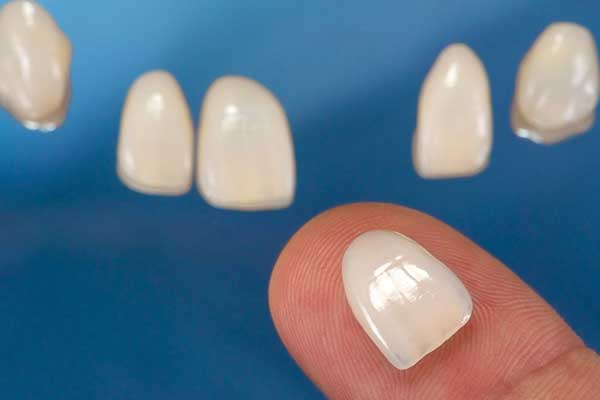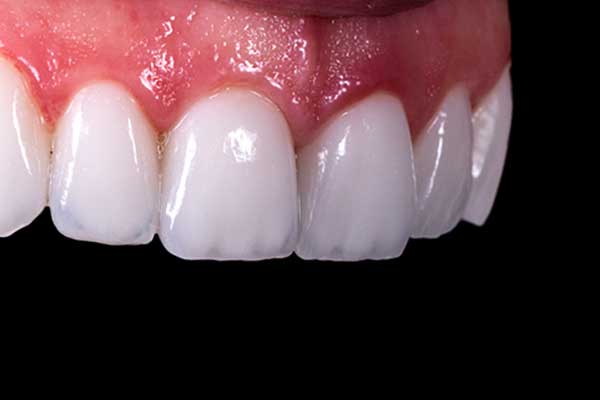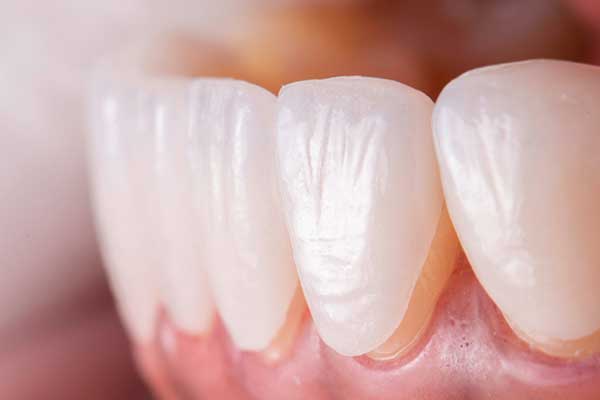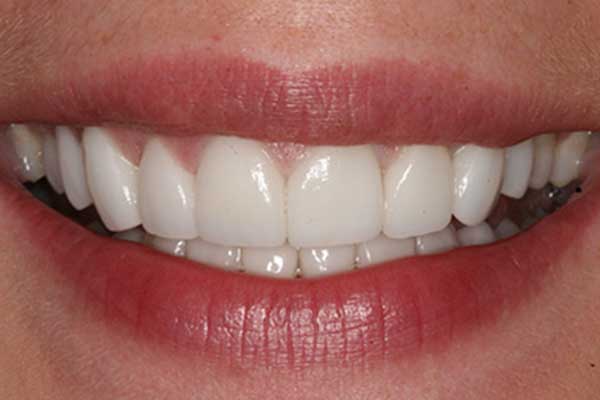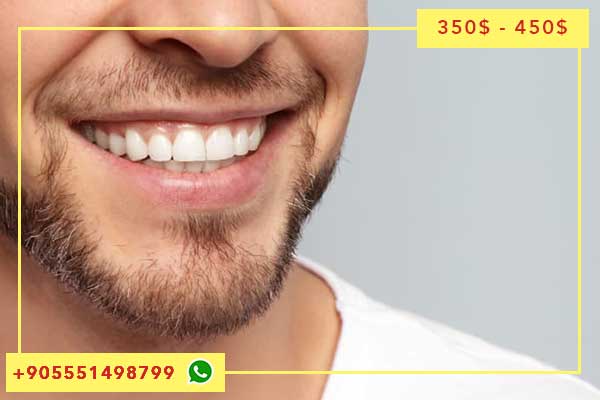Thin Veneers Teeth: Enhance Your Smile with Natural-Looking Dental Solutions
Are you looking for a way to achieve a dazzling smile without invasive dental procedures? Thin veneers for teeth offer a remarkable solution to transform your smile and boost your confidence.
In this article, we will explore the benefits, process, and considerations of thin veneers, providing you with all the information you need to make an informed decision. Say goodbye to dental imperfections and hello to a radiant smile!
Table of Contents
- Introduction
- What are Thin Veneers?
- Advantages of Thin Veneers
- The Process of Getting Thin Veneers
- Are Thin Veneers Suitable for Everyone?
- How to Maintain and Care for Thin Veneers
- Common Misconceptions about Thin Veneers
- Choosing a Qualified Dentist for Thin Veneers
- The Cost of Thin Veneers
- Frequently Asked Questions (FAQs)
- Conclusion
- Get Access Now!
1. Introduction thin veneers teeth
A beautiful smile is often associated with confidence and success. However, dental imperfections such as chipped, stained, or misaligned teeth can hinder your self-esteem. Thin veneers offer a non-invasive and effective way to address these issues, providing you with a flawless smile that looks and feels natural.
2. What are Thin Veneers?
Thin veneers, also known as minimal-prep veneers, are custom-made shells made from a strong and durable dental ceramic material. These ultra-thin shells are designed to cover the front surface of your teeth, concealing imperfections and enhancing their appearance.
Thin veneers are specifically crafted to match the color, shape, and size of your natural teeth, ensuring a seamless and natural-looking result.
3. Advantages of Thin Veneers
Thin veneers offer numerous advantages over traditional veneers and other dental treatments. Some key benefits include:
a. Minimal Tooth Preparation
Unlike traditional veneers that require significant enamel removal, thin veneers involve minimal tooth preparation. This means that your dentist will only need to remove a thin layer of enamel, preserving the overall health and structure of your teeth.
b. Natural Appearance
Thin veneers are exceptionally thin, allowing them to blend seamlessly with your natural teeth. The advanced dental ceramic used in their fabrication mimics the translucency and texture of natural tooth enamel, creating a remarkably natural-looking smile.
c. Versatility
Thin veneers can address a wide range of dental imperfections, including chips, cracks, stains, gaps, and minor misalignments. They offer a versatile solution to improve the appearance of your teeth and achieve a harmonious smile.
d. Stain Resistance
The high-quality dental ceramic used in thin veneers is resistant to stains, ensuring long-lasting aesthetics. With proper care and maintenance, your thin veneers can retain their bright and vibrant appearance for many years.
4. The Process of Getting Thin Veneers
The process of getting thin veneers typically involves the following steps:
a. Consultation and Examination
Schedule an appointment with a qualified cosmetic dentist for a thorough examination of your teeth and gums. During the consultation, discuss your aesthetic goals and concerns, allowing the dentist to determine if thin veneers are the right option for you.
b. Treatment Planning
If you are deemed a suitable candidate for thin veneers, the dentist will create a personalized treatment plan tailored to your needs. This includes selecting the appropriate shade, shape, and size of veneers to achieve your desired outcome.
c. Tooth Preparation
In most cases, minimal tooth preparation is required for thin veneers. The dentist will remove a thin layer of enamel from the front surface of your teeth to create space for the veneers. This step is typically comfortable and minimally invasive.
d. Impression and Fabrication
After tooth preparation, the dentist will take impressions of your teeth, which will be sent to a dental laboratory for the fabrication of your custom veneers. The laboratory technicians will precisely craft the veneers to ensure an ideal fit and appearance.
e. Bonding
Once the thin veneers are ready, you will return to the dental office for the bonding procedure. The dentist will carefully place the veneers on your teeth, ensuring a precise fit and optimal aesthetics. The veneers will be securely bonded using a specialized dental adhesive and cured with a light source.
f. Final Adjustments
After the veneers are bonded, the dentist will make any necessary adjustments to ensure proper alignment, bite, and comfort. They will also provide you with aftercare instructions to maintain the longevity and beauty of your new smile.
5. Are Thin Veneers Suitable for Everyone?
Thin veneers are a suitable option for many individuals seeking smile enhancements. However, they may not be suitable for everyone.
Factors such as oral health, tooth structure, and bite alignment will be evaluated by your dentist to determine if thin veneers are the right choice for you. It is essential to consult with a qualified cosmetic dentist to discuss your specific case and explore alternative options if necessary.
6. How to Maintain and Care for Thin Veneers
To maximize the lifespan and aesthetics of your thin veneers, it is important to follow these care guidelines:
- Brush your teeth at least twice a day with a soft-bristled toothbrush and non-abrasive toothpaste.
- Floss daily to remove plaque and food particles from between your teeth and veneers.
- Avoid biting or chewing on hard objects, such as ice or pen caps, to prevent potential damage.
- Visit your dentist regularly for routine check-ups and professional cleanings.
- Consider wearing a mouthguard during sports or activities that may pose a risk of dental trauma.
By adopting these simple habits, you can ensure that your thin veneers remain beautiful and functional for years to come.
7. Common Misconceptions about Thin Veneers
There are a few misconceptions surrounding thin veneers that we would like to address:
a. Thin Veneers Are Fragile
Despite their thinness, thin veneers are made from durable dental ceramic material, ensuring their strength and longevity. While they may not be as strong as natural teeth, with proper care, thin veneers can withstand normal biting and chewing forces.
b. Thin Veneers Look Artificial
Thanks to advancements in dental technology, thin veneers can be customized to match the natural appearance of your teeth. The dental ceramic used in their fabrication replicates the light-reflecting properties of natural tooth enamel, resulting in a remarkably lifelike smile.
c. The Process is Painful
The process of getting thin veneers is typically painless and minimally invasive. The dentist will ensure your comfort throughout the procedure, and any discomfort experienced is generally mild and temporary.
8. Choosing a Qualified Dentist for Thin Veneers
Selecting a qualified and experienced cosmetic dentist is crucial to achieving optimal results with thin veneers. When choosing a dentist, consider the following:
- Verify their credentials and training in cosmetic dentistry.
- Look for before-and-after photos of previous patients who have received thin veneers.
- Read patient reviews and testimonials to gauge their satisfaction and overall experience.
- Schedule a consultation to discuss your goals, concerns, and treatment plan.
By choosing a reputable dentist, you can feel confident in the quality of care and outcome of your thin veneer treatment.
9. The Cost of Thin Veneers
The cost of thin veneers can vary depending on various factors, including the number of veneers required, the complexity of the case, and the location of the dental practice. It is best to consult with your dentist to receive an accurate cost estimate based on your specific needs.
10. Frequently Asked Questions (thin veneers teeth)
Q1: Are thin veneers reversible? Yes, thin veneers are reversible in the sense that they can be removed if desired. However, it is important to note that the tooth structure may be slightly altered during the preparation process.
Q2: Will thin veneers feel bulky or uncomfortable? Thin veneers are designed to fit comfortably and seamlessly with your natural teeth. With proper placement and adjustment, they should not feel bulky or cause discomfort.
Q3: How long do thin veneers last? Thin veneers can last for an average of 10 to 15 years with proper care and maintenance. Regular dental check-ups and good oral hygiene practices can contribute to their longevity.
Q4: Can thin veneers fix crooked teeth? While thin veneers can improve the appearance of minor misalignments, they are not a substitute for orthodontic treatments. If you have significant bite or alignment issues, your dentist may recommend orthodontic solutions in combination with veneers for optimal results.
Q5: Can I whiten my teeth after getting thin veneers? Thin veneers are resistant to stains; however, they cannot be whitened with traditional teeth whitening methods. It is important to discuss your desired tooth shade with your dentist before getting veneers to achieve the desired result.
11. Conclusion thin veneers teeth
Thin veneers offer an excellent solution for individuals seeking to enhance their smiles and correct dental imperfections. With their natural appearance, minimal tooth preparation, and versatility, they provide a convenient and long-lasting dental cosmetic option.
By choosing a qualified dentist and following proper maintenance guidelines, you can enjoy a beautiful and confident smile for years to come.


